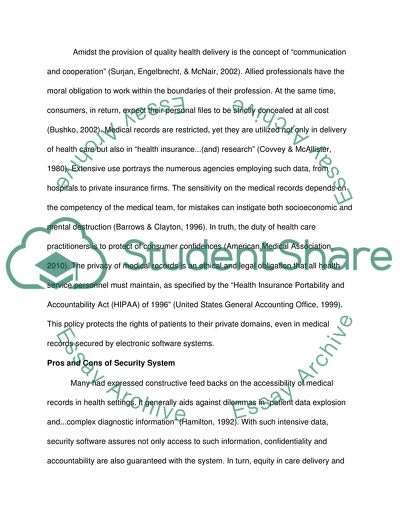Cite this document
(Electronic Software Security in Medical Institutions Research Paper, n.d.)
Electronic Software Security in Medical Institutions Research Paper. https://studentshare.org/information-technology/1744698-software-security-in-the-medical-institutions
Electronic Software Security in Medical Institutions Research Paper. https://studentshare.org/information-technology/1744698-software-security-in-the-medical-institutions
(Electronic Software Security in Medical Institutions Research Paper)
Electronic Software Security in Medical Institutions Research Paper. https://studentshare.org/information-technology/1744698-software-security-in-the-medical-institutions.
Electronic Software Security in Medical Institutions Research Paper. https://studentshare.org/information-technology/1744698-software-security-in-the-medical-institutions.
“Electronic Software Security in Medical Institutions Research Paper”. https://studentshare.org/information-technology/1744698-software-security-in-the-medical-institutions.


